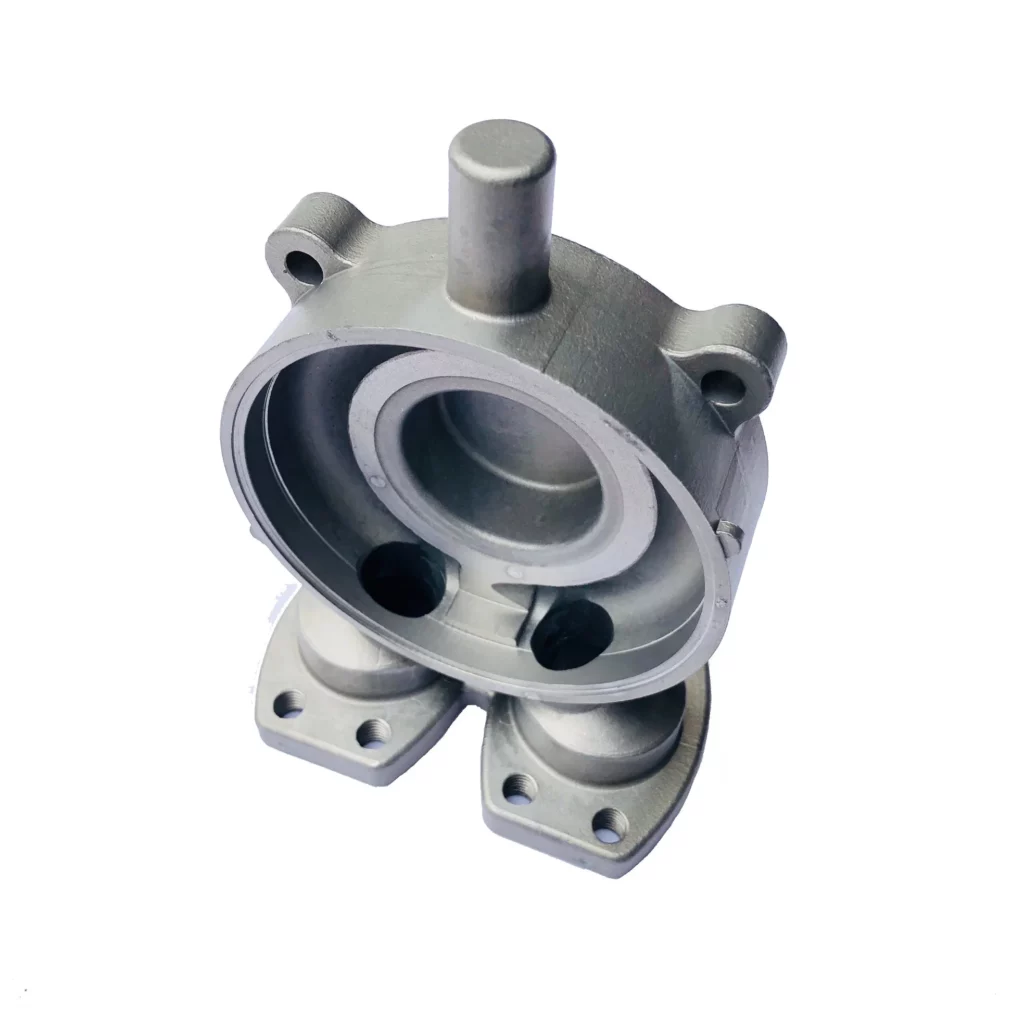Investment Casting : Unleashing the Power of Precision

Investment casting is a manufacturing process that uses a wax pattern to create intricate metal parts by pouring molten metal into the cavity left by the melted wax. It is a versatile process that allows for high levels of detail and produces parts with excellent surface finishes.
Investment casting is widely used in industries such as aerospace, automotive, and medical equipment manufacturing. This article explores the investment casting process, its advantages and disadvantages, and its applications in various industries. We will also discuss the materials commonly used in investment casting and the steps involved in the casting process.
So, let’s dive into the world of investment casting and uncover its many benefits and applications.

Credit: www.youtube.com
The Basics Of Investment Casting
Investment casting, also known as lost-wax casting, is a manufacturing process used to create intricate and complex metal parts. It involves creating a wax pattern or replica of the desired part, coating it with a ceramic material, and then melting the wax out for the ceramic shell to solidify.
The shell is then heated to a high temperature, allowing the wax to fully evaporate and leaving behind a hollow mold. Molten metal is poured into the mold, filling the cavity and taking the shape of the original wax pattern.
Once the metal has solidified, the ceramic shell is broken away to reveal the finished part. This casting method has a rich historical significance, dating back over 5,000 years. Investment casting offers numerous advantages, including the ability to produce highly intricate designs, excellent surface finish, and dimensional accuracy.
It is widely used in various industries, including aerospace, automotive, and jewelry.
The Investment Casting Process Explained
Investment casting is a complex process that involves several stages. First, a wax pattern is created. Then, a ceramic shell is built around it. Once the shell is ready, the wax pattern is melted and poured with the desired metal.
After the metal solidifies, the ceramic shell is removed, revealing the investment casting. The final product goes through finishing and inspection to ensure it meets the required standards. This meticulous process guarantees precision and intricacy in the final product, making investment casting a popular choice for industries such as aerospace, automotive, and jewelry manufacturing.
With its ability to produce complex shapes and intricate details, investment casting offers versatility and ensures the production of high-quality parts. By understanding the investment casting process, manufacturers can harness its benefits and create exceptional products.
Applications And Benefits Of Investment Casting
Investment casting finds applications in various industries, including aerospace, automotive, and medical sectors. The aerospace industry benefits from investment casting as it enables the production of complex components with intricate shapes and high strength. Similarly, the automotive industry utilizes investment casting for manufacturing components such as engine parts, suspension components, and transmission parts.
In the medical industry, investment casting is utilized to produce medical devices and implants with precise dimensions and intricate geometries. Investment casting offers several advantages, such as the ability to produce complex shapes, excellent surface finish, and dimensional accuracy. However, it also has limitations, including higher costs compared to other casting methods and longer production lead times.
Despite these limitations, investment casting remains a popular choice for industries requiring high-quality, intricate components.
Precision And Quality Control In Investment Casting
Investment casting relies on precision tooling to ensure dimensional accuracy during the casting process. Quality control measures play a vital role in maintaining the desired level of precision and identifying any deviations. Inspection and testing are crucial steps in investment casting to guarantee the highest standards of quality.
Through meticulous examination and evaluation, defects and imperfections can be detected and rectified, preventing any compromises in the final product’s integrity. By implementing rigorous quality control procedures, investment casting manufacturers can deliver components that meet or exceed customer expectations. This commitment to precision and quality control ultimately leads to reliable and durable castings that can withstand the demands of various industries.
With their attention to detail and emphasis on accuracy, investment casters continue to provide innovative solutions for complex engineering challenges.
The Future Of Investment Casting
The future of investment casting looks promising, thanks to technological advancements in the industry. Emerging trends indicate a shift towards more efficient and precise casting processes. Investment casting has a vital role in the manufacturing landscape, enabling the production of complex and intricate components.
With advancements in materials and techniques, investment casting has become more versatile and adaptable to various industries. The ability to create intricate designs with high precision makes investment casting a preferred choice for aerospace, automotive, and medical industries. The industry’s continuous innovation and focus on quality have led to cost-effective production methods while maintaining exceptional standards.
Investment casting’s importance in the manufacturing landscape will continue to grow as technology evolves, offering even greater possibilities for creating superior products.
Conclusion
Investment casting is a highly effective process that offers numerous benefits in various industries. Its versatility allows for the creation of complex and intricate designs, providing outstanding precision and dimensional accuracy. With its ability to produce high-quality, near-net-shape components, investment casting helps reduce material waste and subsequent machining costs.
Moreover, this casting method ensures excellent surface finish and eliminates the need for extensive post-processing. Additionally, investment casting offers a diverse range of material options, making it suitable for a wide variety of applications. Whether it’s aerospace, automotive, or medical, investment casting delivers reliable and durable parts that meet the highest standards.
Its ability to produce consistent results, combined with its cost-effectiveness, makes investment casting a preferred choice in the manufacturing industry. Embracing this advanced casting technique can significantly enhance productivity and efficiency, opening doors to limitless possibilities.
 How to Use Fundamental Analysis to Identify Undervalued Stocks
How to Use Fundamental Analysis to Identify Undervalued Stocks  Cortrust Bank: The Ultimate Guide to Enhancing Your Financial Success
Cortrust Bank: The Ultimate Guide to Enhancing Your Financial Success